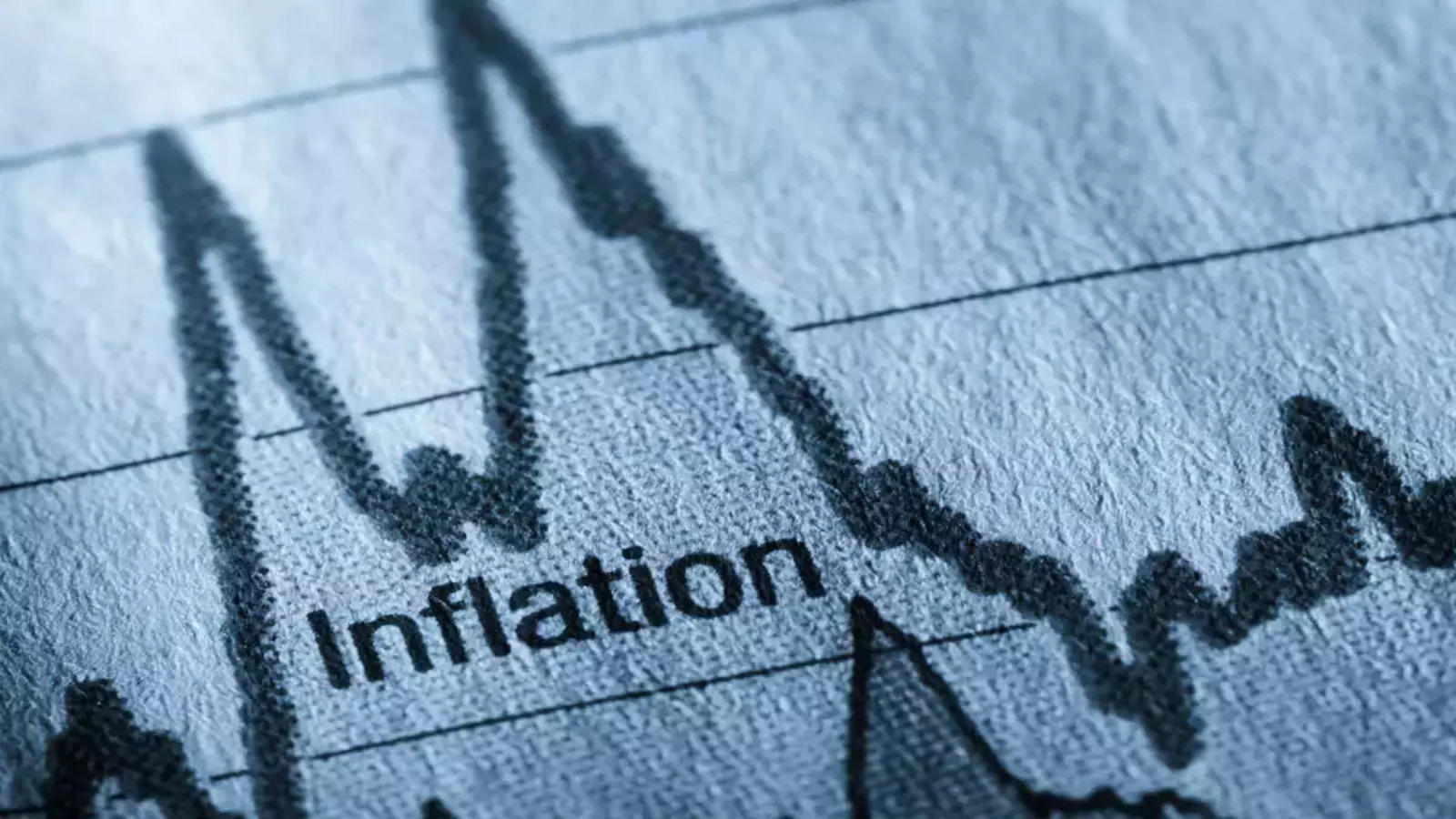Inflationary trends on both sides of the Atlantic have become a focal point of economic analysis, with divergent narratives emerging between the United States and Europe.
While Europe appears to be gaining ground in the battle against inflation, the United States grapples with persistent challenges, prompting questions about the efficacy of monetary policies and the underlying economic scenarios.
In the United States, inflationary pressures persist despite efforts by the Federal Reserve to rein in rising prices.
Annual inflation, as measured by the Personal Consumption Expenditures index, has accelerated to 2.7% in March, exceeding the Fed’s long-term target of 2%. Similarly, the Consumer Price Index reflects an upward trajectory, rising to 3.5% compared to the previous year.
Latest Economic Data Offers Insights on Inflation’s Toll and Policy Response

Conversely, in the eurozone, annual consumer price inflation has shown signs of moderation, standing at 2.4% in March among the 20 countries utilizing the euro.
This contrast has led to speculation about the timing of interest rate adjustments, with the European Central Bank poised to implement cuts as early as June, ahead of the Federal Reserve’s projected timeline.
One factor contributing to the discrepancy in inflation rates is the methodological differences in measuring inflation between the two regions.
The inclusion of owner-occupiers’ housing costs in US inflation metrics, albeit hypothetical, amplifies inflationary figures compared to the eurozone’s approach, where such costs are excluded.

Despite these divergent inflation metrics, underlying economic conditions play a crucial role in shaping monetary policy decisions. The robust growth forecast for the US economy, coupled with strong consumer demand and a historic pace of job creation, presents a contrasting picture to the eurozone’s more subdued economic outlook.
Europe’s economic scenario is marked by lingering challenges stemming from an energy crisis exacerbated by geopolitical tensions. High natural gas prices following the Russia-Ukraine conflict have contributed to increased inflation levels, albeit to a lesser extent than in the United States.

In leading these complex economic dynamics, central banks on both sides of the Atlantic face the delicate task of balancing inflationary pressures with sustainable economic growth.
As the United States and Europe chart their respective paths forward, understanding the nuances of inflationary trends and economic fundamentals remains paramount in shaping future policy responses.







Leave a Reply